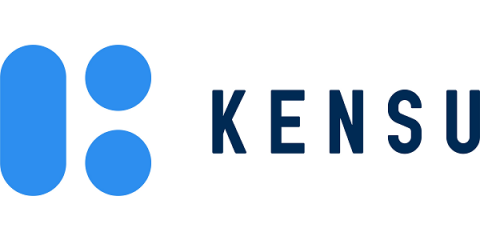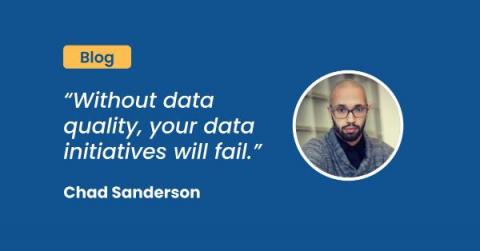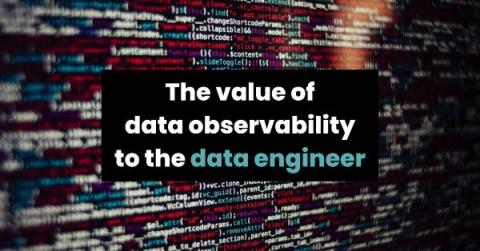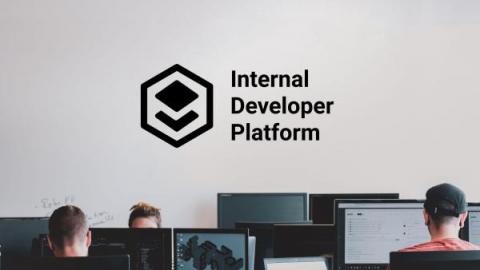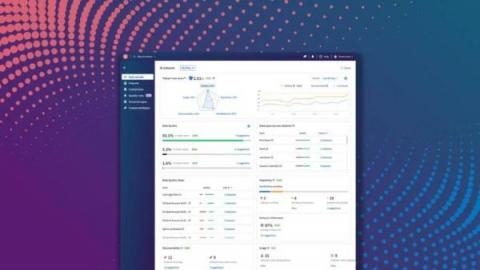A New Dawn of Proactive Problem Solving: Dynamic Software Observability and Dynamic Logging
Let’s talk about the world’s currently trending topic for a second: AI. Now, before you click out of this blog, sighing to yourself that this is yet another blog that wants to tell you how to write code with ChatGPT; bear with us. As almost everyone has used some form of AI – especially ChatGpt – to help them with some form of a task, we can all agree that it’s quite an interactive experience.



